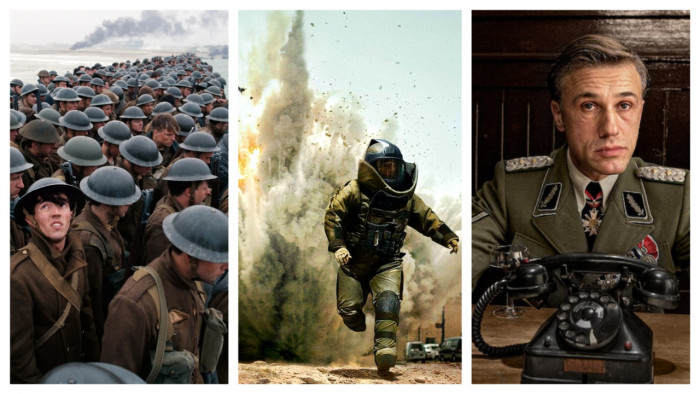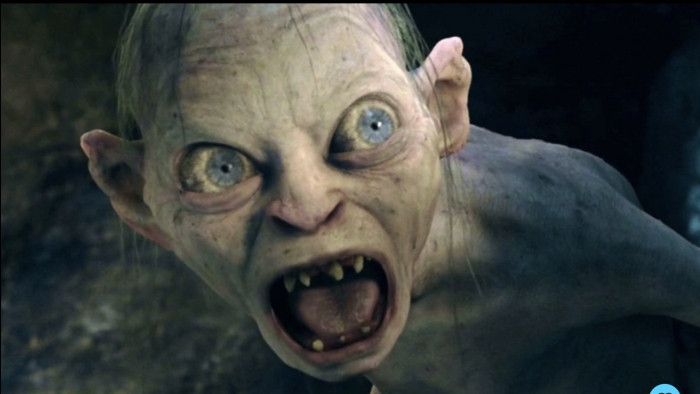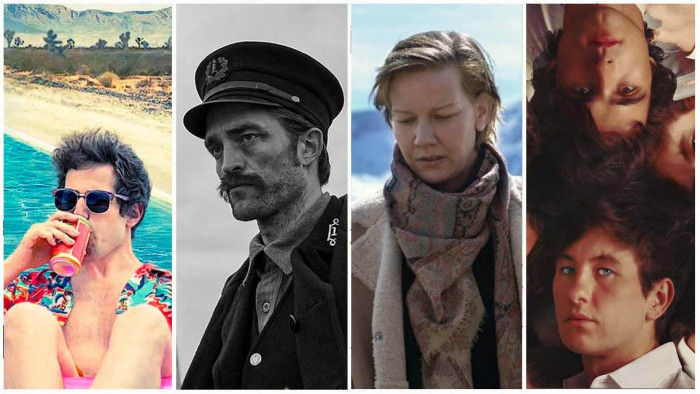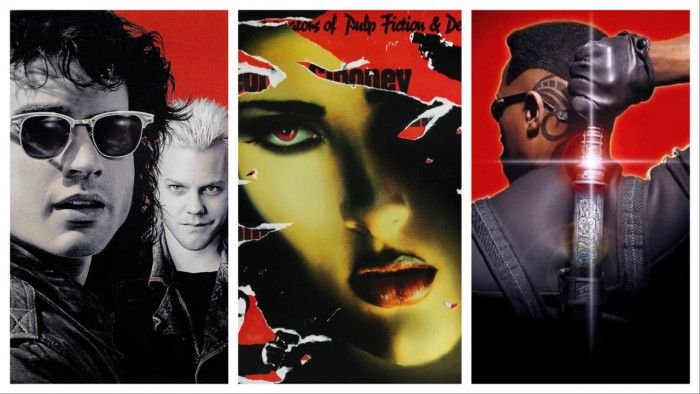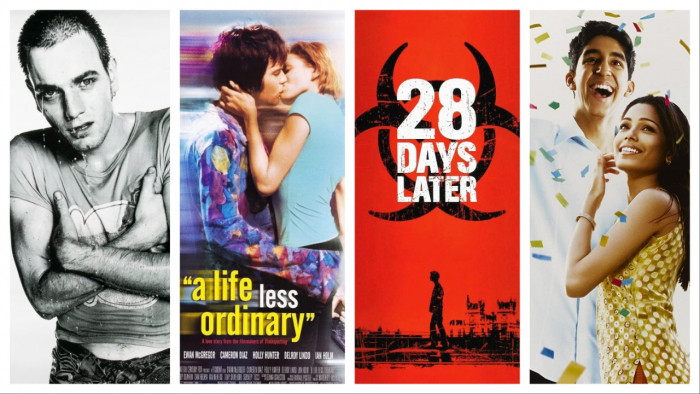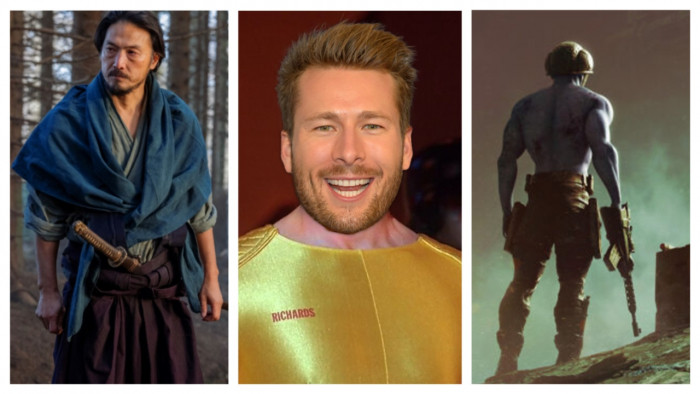Kim Jong-Il: film mogul. Not what jumps to mind, is it?
But it’s true. For four decades, before the threats, hacks and presidential interventions that greeted The Interview, the Dear Leader ran the North Korean film studios with an iron grip, creating today’s DPRK as if it were a film production. Here, we chart the Hermit Kingdom’s weirdest cinematic moments.
1949: THE MOST IMPORTANT OF ALL THE ARTS
Following the creation of the DPRK in 1945, one of the first actions of Supreme Leader (Kim Il-Sung – Jong-Il’s father) was to create a film studio in Pyongyang under Soviet guidance, following Lenin’s precept that cinema, necessitating no literacy to be enjoyed, was “the most important of all the arts” in a socialist revolution.
There are no independent films in North Korea: the state controls all production and distribution. Attendance by the people is compulsory and audiences are quizzed about each film’s lesson after the screening. The state studio’s first film, a drama titled My Home Village, featured Kim’s men as heroic liberators of the nation from foreign oppressors, and laid the groundwork for North Korea’s self-aggrandising narrative as we know it today.
1968: THE YOUNG MOGUL EMERGES
Isolated from the rest of the world – no filmmakers other than approved Soviets were allowed to travel in or out of North Korea, and even those were kicked out in the Sixties – North Korea’s film industry languished, churning out propaganda even its people were becoming bored of.
Enter Kim Jong-Il. The Supreme Leader’s playboy son was a film nut. As a university student he had used his father’s embassies to create an international bootlegging network for his personal use, borrowing and copying 35mm prints of all new films around the world, which were then subtitled and despatched to Pyongyang.
In this way, the younger Kim amassed a collection of more than 20,000 titles, stored in a heavily guarded, climate-controlled archive in the centre of Pyongyang. Only he was allowed to watch them. In 1968, in a purge of his rivals, Kim Il-Sung executed the leader of the national film studio. The 27-year-old Kim Jong-Il took over.
1973: THE SEA OF BLOOD
With Kim came huge focus – and huge budgets. His most famous films of the era, with titles such as The Sea Of Blood or Five Guerrilla Brothers, were big, violent, schmaltzy epics. They had popular theme songs and Scarlett O’Hara-type nationwide talent searches.
Kim slept with his actresses, worked nights fuelled by cigarettes and cognac, and constantly micro-managed every production. In 1973 he wrote a film theory guidebook, On The Art Of The Cinema. The North Korean media still hails him as “an unprecedented creative genius in the field of film arts”.
1978: THE ABDUCTION OF SHIN SANG-OK
Kim’s films were successful within the Hermit Kingdom’s borders, but the propaganda was met with bemused indifference abroad. His filmmakers, barred from learning about the outside world, were no good.
So, in 1978, Kim took the next logical step: he kidnapped the most famous South Korean filmmaker, Shin Sang-ok, and his ex-wife Choi Eun-hee, one of Asia’s most famous actresses, imprisoned them, and forced them to make seven films for him.
1983 onwards: CINEMA WITHOUT LIMITS
Shin’s time in North Korea baffled him. Kept imprisoned in obscene comfort and luxury, he was forced to make films to support a dictator’s regime with unlimited resources at his disposal. When a scene in a script called for a train to explode, Kim Jong-Il sent him a real train packed with dynamite. When another sequence for a film being shot in spring called for snow, Kim flew the crew to the nearest mountain still covered in snow.
When Shin asked for wind fans, Kim sent army helicopters and told Shin to use the wind from the blades. There was no limit to how far Kim would go. Shin and Choi managed to escape and defect to the US eight years later, but their most notorious offering – a dreadful socialist-themed Godzilla rip-off titled Pulgasari – is now a cult classic.
1994: FROM SCREEN TO LIFE
After formally taking power in 1994, Kim Jong-Il set out to turn North Korea into a performance-state, scripting his people’s lives as he scripted his films. His No2 in the film studio, Choe Ik-Gyu, became culture minister and created the modern mass games we know today. Pyongyang was choreographed, street by street – a show city for outside eyes.
1995 onwards: POPCORN IN PYONGYANG
According to Pyongyang insiders, the Dear Leader’s favourite films were the James Bond, Rambo and Friday The 13th series; his favourite actors Sean Connery and Elizabeth Taylor.
On the release of Bond film Die Another Day, which features North Koreans as baddies, the regime put out an outraged statement in response, but there is no record as to whether the film turned Kim himself off 007’s adventures.
He also loved Hong Kong kung-fu and action films. In later years, he repeatedly screened Clint Eastwood thriller In The Line Of Fire for his bodyguards, telling them he expected the same level of commitment from them as displayed on screen by Clint’s character – a Secret Service agent determined to save the US president.
Kim watched everything: as late as the year 2000, he gave US Secretary Of State Madeleine Albright his own capsule reviews of Gladiator and Amistad, adding, “I own all of the Academy Award movies. I’ve watched them all.”
2000: THE NORTH KOREAN TITANIC
After Shin and Choi’s 1986 escape, Kim’s filmmaking dreams suffered a debilitating blow. It was 14 years before he attempted another blockbuster film aimed at the international market. This time it was a version of James Cameron’s Titanic – then the highest-grossing film of all time – which Kim screened over and over for his filmmakers, instructing them to copy it.
The result, Souls Protest, was a dramatisation of a real-life Korean slave ship disaster, with terrible dialogue and plotting, plus special effects worthy of Seventies Doctor Who. The film was, predictably, ridiculed the world over by the handful of people who saw it.
2004: BEND IT LIKE KIM
Kim even used film to give the impression that North Korea was not, as we all know, cut off from the outside world. He created the Pyongyang Film Festival, which takes place every two years.
The first Western film approved by the censors to be shown in the country was Bend It Like Beckham in 2004. Twelve thousand people flocked to see it, less excited about Keira Knightley or the plot, than the chance to finally see the cars, spacious and well-equipped modern apartments and comfortable life common in the outside world, but unheard of inside the DPRK.
2014: AN EXPLOSIVE INTERVIEW
Formally appointed in 2011, new leader Kim Jong-Un is not the film fan his Dear Leader father was.
The Swiss-educated 32-year-old’s tastes gravitate more toward video games and basketball. What’s more, in the past 20 years, North Korean cinema has suffered from the influx of black-market Western films, with which the propaganda cannot compete. As for how North Korea is represented in films, the Kims are like a gang: proud of their crimes, touchy about respect.
North Korean agents have been used as bad guys in the 007 series, in Angelina Jolie’s Salt, in action flick Red Dawn – and not shown any sign of offence. Being thought of as dangerous does not upset the Kims.
But Team America: World Police or potential World War-starter The Interview – which imagined an assassination attempt on Jong-Un – are another story. The threats and cyberhack on Sony that accompanied the release of the latter illustrate how the DPRK has always taken a dim view of fiction impersonating its leaders. In fact, there’s a story from the past that illustrates this point perfectly.
Once, an Eighties DPRK film called for an actor to portray Kim Il-Sung – the one and only time the Supreme Leader was played on screen by a mere mortal. Allegedly, Kim had an unknown young actor discovered, gave him plastic surgery so that he would look just like the Great Leader and then, without crediting him, sent him straight to a prison camp, never to appear on film again, so that no performer would be able to steal any of the spotlight from the real, almost godlike Kim Il-Sung.
A Kim Jong-Il Production by Paul Fischer is out 5 March (Viking).
Latest
Related Reviews and Shortlists


10 of The Best Spike Lee Joints


The best movies on Netflix: this is what to watch

